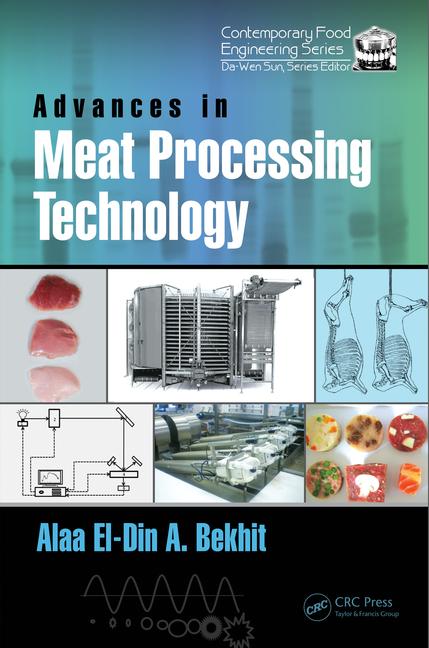Supplier's Perspective
Overcoming product effect in detection operations

Photo courtesy of Mettler Toledo
Various factors influence the actual operating sensitivity at which a metal detector is able to perform reliably. The ease of detection depends on the magnetic properties and electrical conductivity of the metal. Ferrous metals are both magnetic and good electrical conductors, so they are easily detected. Non-ferrous metals are generally good conductors, so they are relatively easy to detect. Stainless steels are usually non-magnetic and poor conductors of electricity, which make them harder to detect.
What is Product Effect?
Salty and moist products, including meats, can conduct electricity that will affect the metal detector in the same way as a metal contaminant. “Product effect” is the term used to describe instances in which a product’s characteristics affect the metal detector in the same way as a metal contaminant. Moisture and salt content vary from animal to animal. Different cuts of beef, for example, may have different levels of moisture and salt, further complicating matters. Product size, consistency and orientation through inspection can also generate product effect.
To compensate for these factors, companies sometimes reduce the sensitivity of online metal detectors to let the majority of products pass inspection without triggering false rejects. This increases the risk of smaller metal contaminants going undetected. In recent years, many products have been recalled because of this very issue, with companies suffering brand damage and financial loss from having to withdraw products from the supply chain.
How to Combat Product Effect without Compromising Sensitivity
Advanced metal detectors are designed to increase detection sensitivity for products that are difficult to inspect. They employ multiple-simultaneous frequency (MSF), a combination of both high and low frequencies, coupled with built-in product signal suppression technology that affects frequency and phase. This advanced technology eliminates the product effect signal while still detecting small metal contamination.
The detector software algorithms adapt to variations in product effect for each product inspected. The result is up to a 50 percent improvement in metal detection sensitivity levels, which makes it possible to detect significantly smaller and irregularly shaped metal contaminants.
Many advanced metal detectors also conduct on-board overall equipment effectiveness (OEE) reporting on availability, reliability and quality, allowing the system to be monitored remotely as part of overall production line performance. Such detectors can include a Fieldbus Integration Module (FIM) to allow connection to a range of industry standard protocols (Ethernet/IP, Profinet IO or Modbus TCP), enabled devices such as PLCs and Manufacturing Execution Systems (MES).
By conquering the product effect phenomenon, these advanced metal detectors provide greater confidence that all products manufacturers send into the retail supply chain are free from even the smallest metal contaminants, increasing brand protection while simultaneously reducing costs and improving productivity. NP
Looking for a reprint of this article?
From high-res PDFs to custom plaques, order your copy today!








